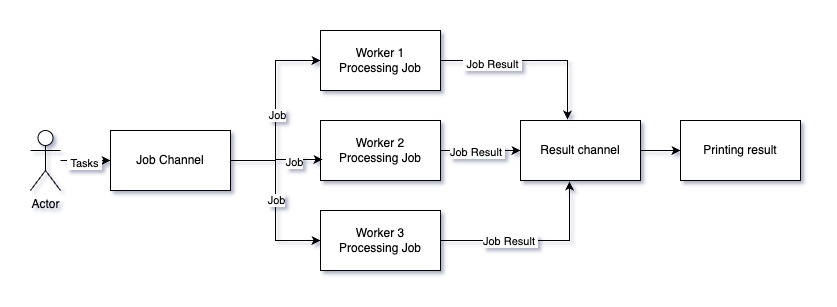How to Terminate Goroutines in Go
This week, I explored goroutines in more depth, particularly focusing on how to terminate them gracefully.
How to Terminate Goroutines in Go?
In Go, goroutines cannot be forcefully killed. Instead, they should be terminated gracefully and in a controlled manner.
